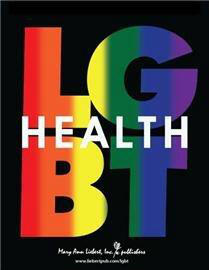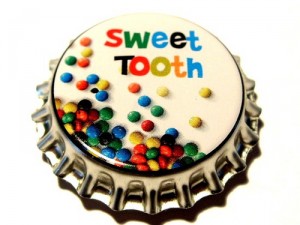Kevin Ware – Inspires athletes & non-athletes
On Sunday evening during the Louisville Cardinal vs Duke NCAA Elite Eight tournament game millions of television viewers witnessed Louisville Cardinal sophomore guard Kevin Ware’s awkward fall to the ground, after trying to block a 3-point shot, resulting in a compound fracture of his leg that left his teammates in tears. He was removed from the court, the game went on after a 9 minute delay, and Louisville won. The Louisville Cardinals are headed to the Final Four.
For the most part, broadcast media maintained Mr. Ware’s respect for privacy and the viewers from seeing replays of his fall and close-ups of his compound fracture. Social media went wild with tweets.
Colorlines respectfully published A Non-Grotesque Picture From Louisville’s Kevin Ware Hospital Room. MSNBC’s new primetime anchor Chris Hayes, in his first All In program covered the story addressing a bigger policy issue, Are NCAA players uncompensated employees of the organization? Of the many points he raised is this one, “if college basketball players are paid in scholarship dollars, what happens when an athlete is out the game? And who foots the medical bills- the “employer” (the college) or the student and his family?”
Reports today state that his medical bills will be covered.
Last night, by email, I received the poem published below, Sport Is, written by my son, Ezra Ellenberg, a junior at the University of Maryland at College Park. He’s an athlete and a sports enthusiast. He hosts a radio show, The Dugout Binder, on WMUC Sports, the college campus station. He and his co-host, Sung-Min Kim, evaluate teams and transactions based on sabermetrics and other advanced statistics. (A front page article in today’s NY Times talks about this new era of of baseball stats and sports reporting).
I think it sheds light on the many ways this young man, Kevin Ware, has touched us. Athletes and non-athletes alike.
We wish Mr. Ware a complete and full recovery.
Sport Is
Sport is beautiful.
Sport is raw.
Sport is emotion.
Sport is a freak accident.
Sport is seeing your brother go down.
Sport is knowing how hard he worked, only to have it all disappear.
Sport is collapsing.
Sport is tears.
Sport is disbelief and denial.
Sport is a huddle.
Sport is relying on your coach, your basketball father, who has been there before.
Sport is looking to his eyes for an answer.
Sport is seeing none.
Sport is kneeling next to your broken brother, drawing on every ounce of courage you have saying “don’t look down, stay with me, you’re ok, I’m here.”
Sport is pulling team mates closer, even those who can’t bear to look.
Sport is crouching, laying, kneeling next to him while he’s in agony.
Sport is weeping openly with your country watching.
But laying on your back, half dazed, half in agony, knowing your career could be over… telling your team mates “don’t worry about me, guys. Just win.”
That is more than sport.
That is superhuman.
That is heroic.
That transcends.
That moves people.
That moves me.
That makes me believe.
Sport is nine minutes of waiting, terrified.
Sport is wiping those tears
Sport is underperforming
Then, Sport is a jolt
Sport is a recalibration of focus
Sport is a reason
Sport is playing with a new found purpose
Sport is pressure
Sport is blitzing your opponent after halftime
Sport is seizing
Sport is the undeniable feeling that you are destined
Sport is ‘not today, Duke’
Sport is winning for Kevin
Sport is the final buzzer
Sport is throwing your hands in the air, triumphant at last
Sport is holding your brother in your heart because you can’t hold him in your arms
Sport is a moment
Sport is wearing his jersey with a smile on your face
Sport is ‘we’re bringing this home’
Sport is ‘no one’s fuckin stopin us now’
Sport is bringing him the trophy
Sport is telling him how proud you are, taking his head to rest on your shoulder
Sport is rehabilitation
Sport is a wheelchair, then a cast, then walking, then running, then jumping
Sport is feeling that first bead of sweat forming… and smiling
Sport is seeing the ball go in for the first time in too damn long
Sport is the weight room
Sport is the swimming pool
the sauna
the elastic band
the medicine ball
the scar tissue
the massage
the PT
Sport is the practice court
Sport is the press conference
Sport is checking in and hearing your name announced
Sport is the home crowd roaring with pleasure like so many proud relatives
Sport is ‘I’m back’
Kevin Ware– You Are Sport
by Ezra Ellenberg
Follow him on Twitter @ezraellenberg
On Sunday evening during the Louisville Cardinal






